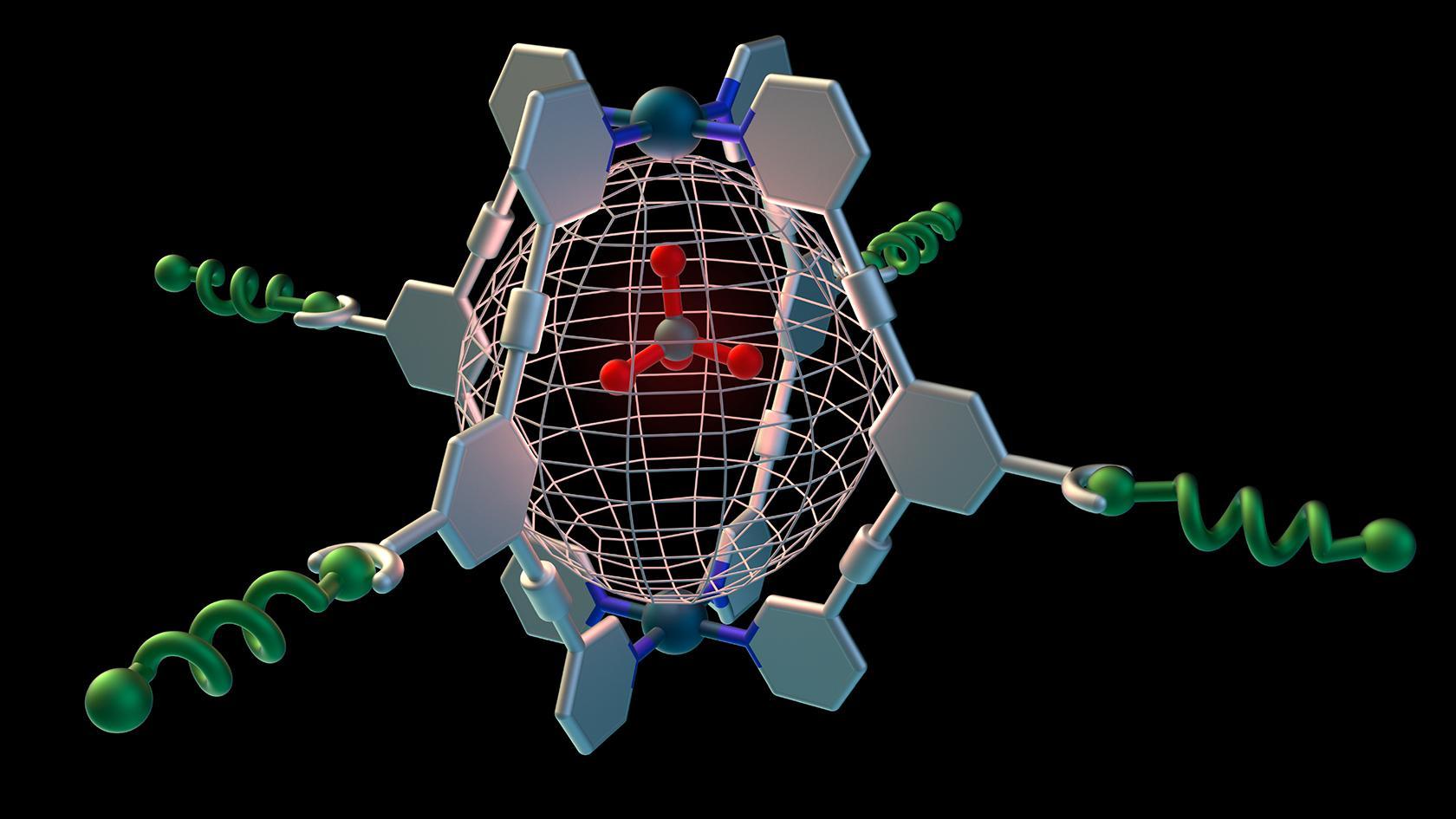
Together with teams from four other European research institutions, researchers from the University of Zurich (UZH) are developing a new class of therapies which it is hoped could treat particularly aggressive forms of cancer. According to a press release, these radiotheranostics should make tumors visible and at the same time treatable. To this end, the researchers combine diagnostic and therapeutic radionuclides in a single supramolecular compound. This is produced through a process known as self-assembly, the inspiration for which comes from nature.
“Our goal is to develop supramolecular compounds to treat two aggressive cancer types that currently have a very poor prognosis for the patients affected: lung and brain tumors”, comments Jason Holland, Professor for Radiochemistry and Imaging Science at the Department of Chemistry and head of the research project at UZH, in the press release. The innovative therapeutic molecules, which are large and highly complex, are to be employed to treat lung cancer in adults and brain cancer in children in the future. For these particularly aggressive types of cancer, the five-year survival rate stands at just 15 percent and five percent respectively, the press release explains.
Alongside UZH, the Technical University of Munich, King’s College London and the Center for Cooperative Research in Biomaterials in San Sebastian, as well as the Princess Máxima Center and University Medical Center in Utrecht, are all also involved in the project. After successful laboratory testing, clinical testing of the radiotheranostics will take place at the British and Dutch institutions. The European Innovation Council (EIC) is supporting the project to the tune of nearly 4 million euros. ce/eb
Related news
Meet with an expansion expert
Our services are free of charge and include:
- Introduction to key contacts in industry, academia, and government
- Advice on regulatory framework, taxes, labor, market, and setting up a company
- Custom-made fact-finding visits, including office and co-working space